Third time’s the charm? Could the proverb be true, and was I sure to succeed at a task or event on the third try? After 2015 and 2016, I lined up at the Mont-Blanc Vertical KM in Chamonix again in 2017, intent on improving my ascent time for this race that goes up 1000m of elevation over just 3.5km of distance.
After staying roughly 2km away from the starting line for the two previous editions, this year I booked a more expensive hotel in Chamonix so that I could be closer to the action. I figured this would allow me to stay out of the heat longer, and conserve energy. I would only need to head out the door shortly before I had to be at the starting line. Well, that would have worked, except I was in France and should therefore not have expected a rigid respect of schedules.

My time-trial starting window was supposed to be between 17:30 and 18:00. A few minutes before that, there was already an enormous line of maybe 50 people waiting to run. The line was in the scorching hot sun. I returned back to the shade for a bit, but ultimately decided that there would always be a line and that sooner or later I would have to be in it. What followed was around 30 minutes of unproductive waiting in close proximity to other athletes (meaning, no way to move, just stand still and try to keep my heart rate down). Meanwhile, I’d already consumed all my reserve water, leaving me with just the amount that I’d need to consume while on the course.
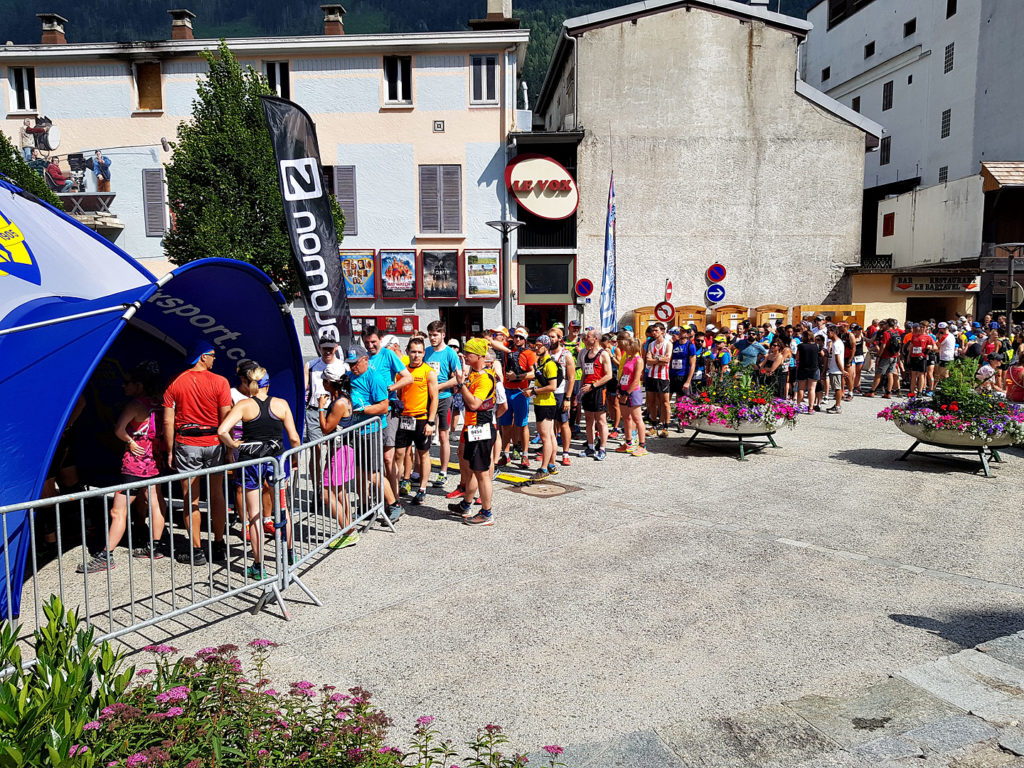
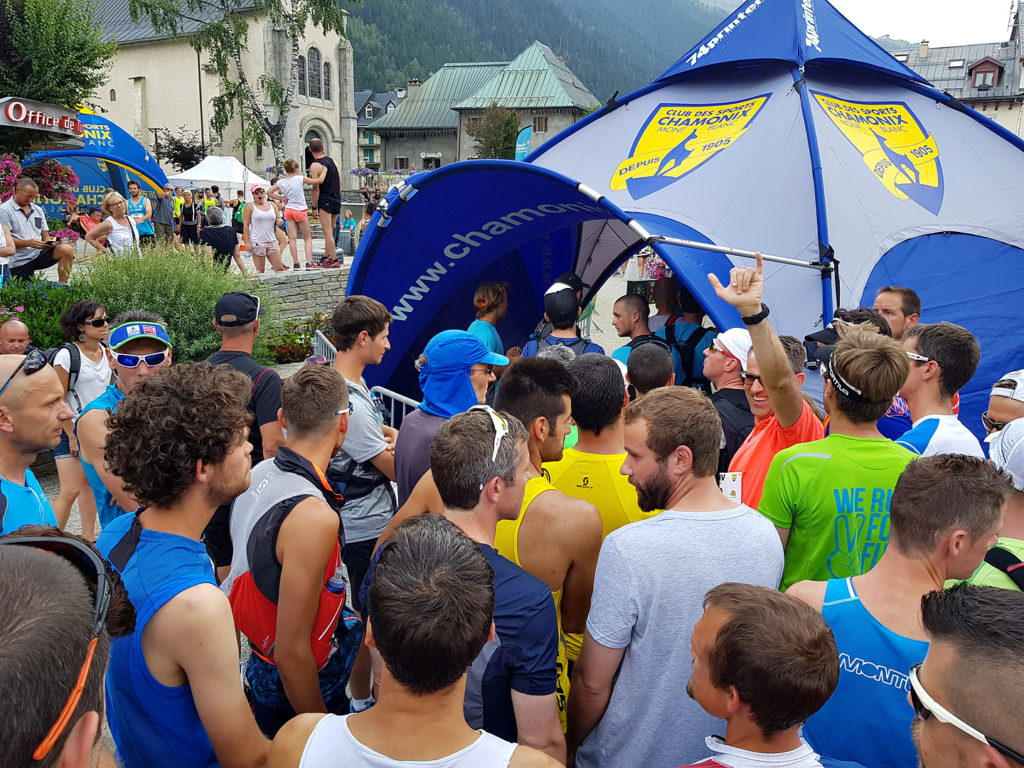
Finally, everyone in front of me had started and I was able to line up for my personal countdown.
The initial kilometer past the church, up Rue La Mollard and past the Plan Praz cable car station went quite well, I ran it at a better pace than last year or the year before. The first split was 7:47, faster than both 2015 and 2016. After I hit the switchbacks, I soon started power hiking. Running was of course no longer sustainable, but that came as no surprise. Only the top athletes are able to cover this type of terrain at an efficient running pace.
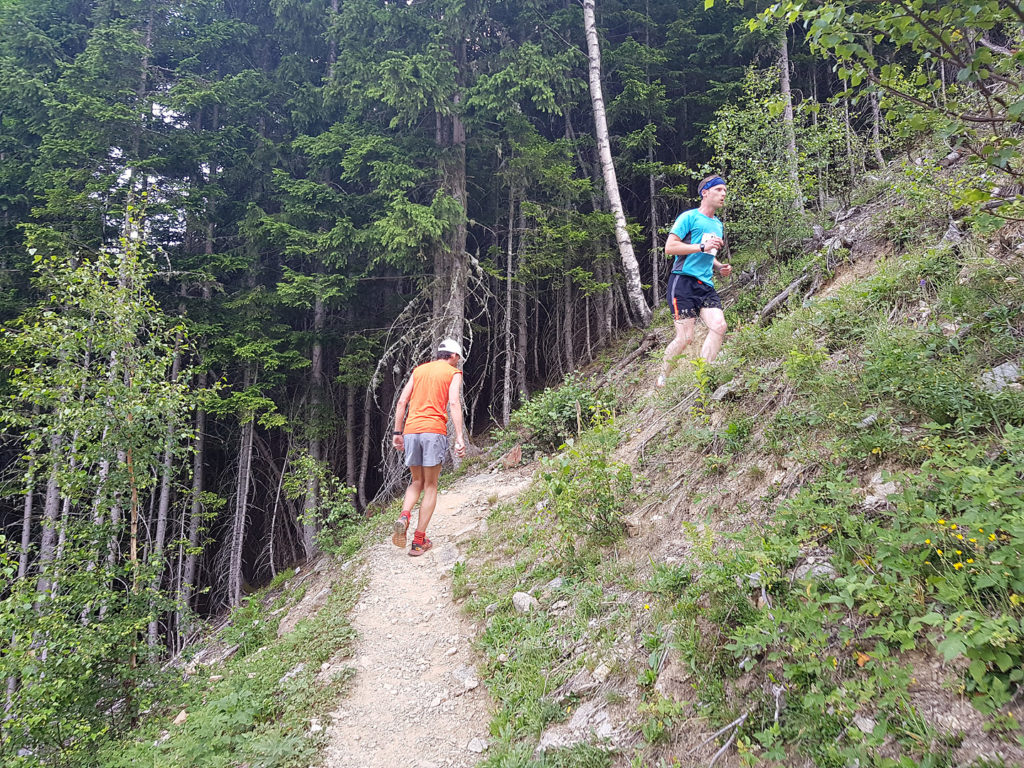
The second kilometer still went okay, but I was already going several minutes slower than in 2015.
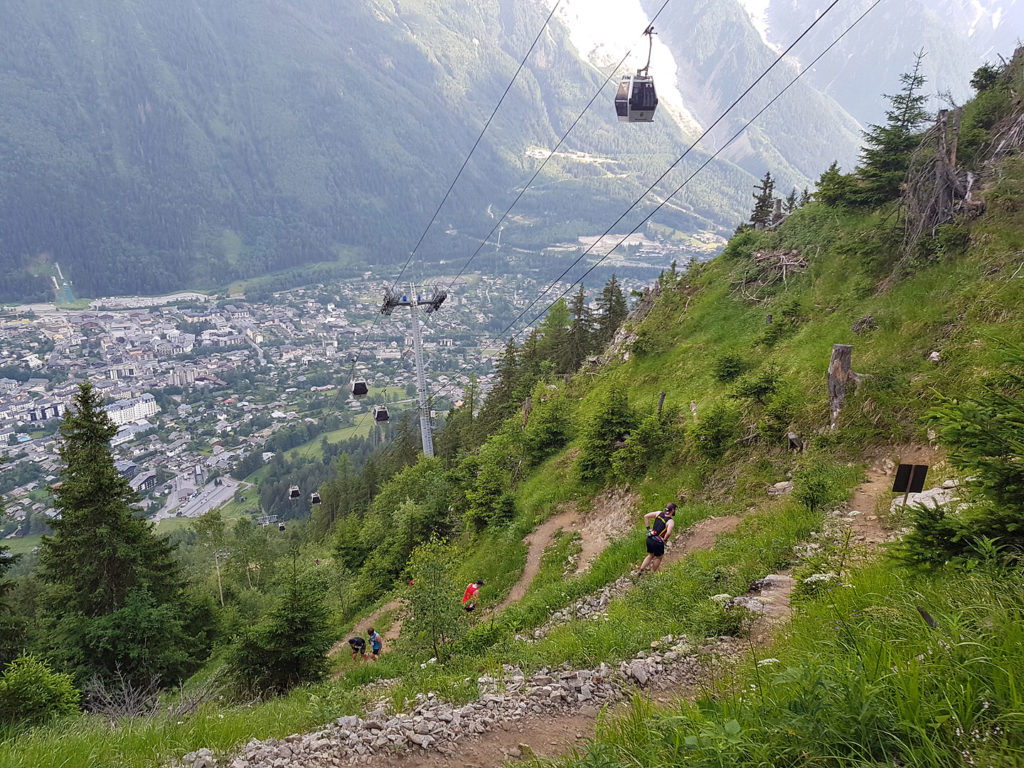
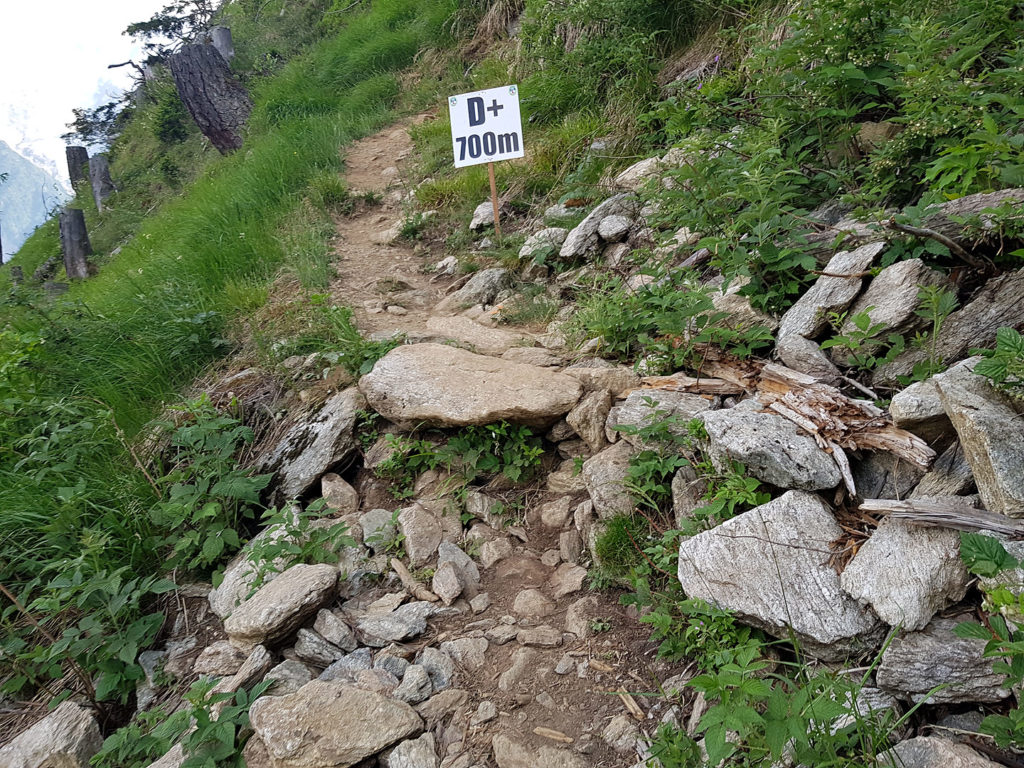
But then on the third kilometer, which is the technically the most demanding with a few steep climbs that require you to use your hands, I completely unraveled. My energy reserves were low, and while I cannot pinpoint to anything concrete that was going wrong, everything just felt off. My legs were toast, my breathing was labored, I couldn’t push. From a heart-rate perspective I had some room to the top (I know that on a good day, I can climb strongly for 1 hour at 175bmp) – except that when the rest of your body shuts down you don’t have a choice but to go the speed that the weakest link allows.
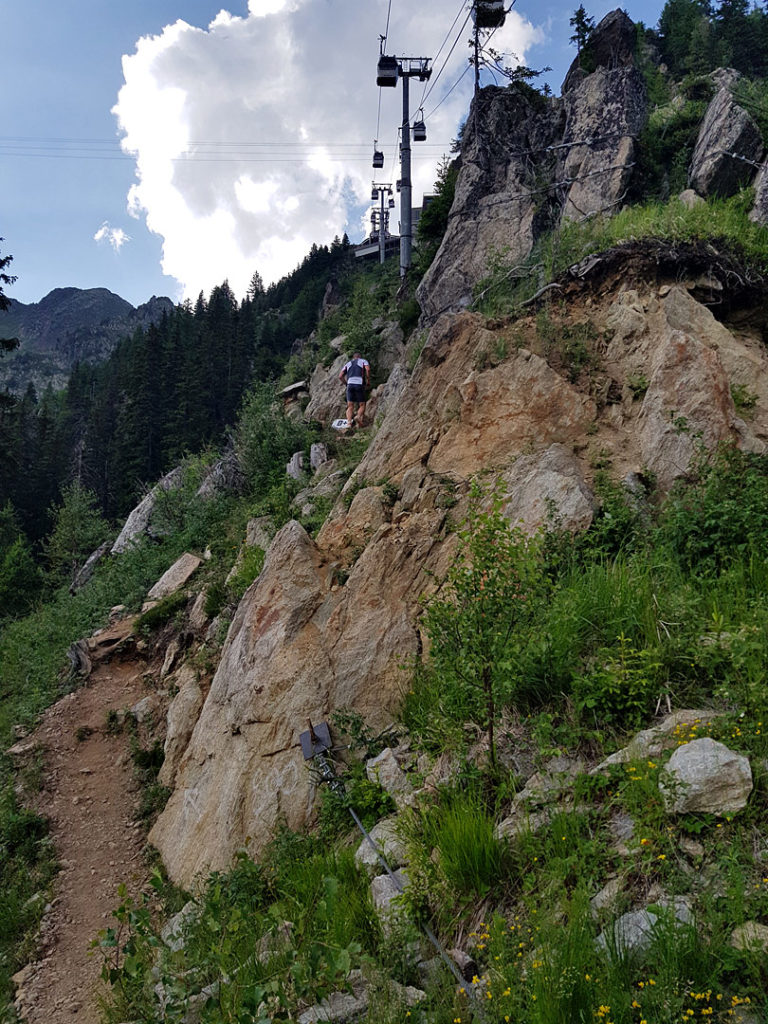
Still, I willed myself forward – upwards. Not much else to do, really.
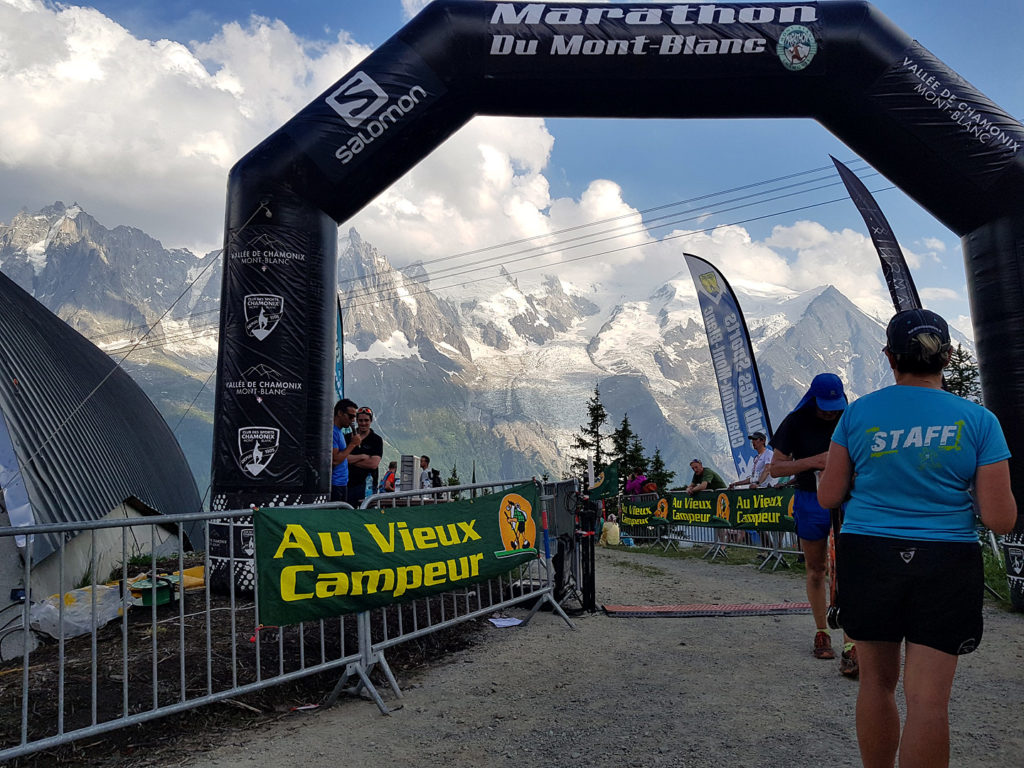
I finished in 62:54. Once again, the vertical kilometer had taken me more than 1 hour. I had been hoping to do 55, because this year I thought my preparation had been much better than in 2015 (where, on my first attempt, I did 57:43) and in 2016 (my slowest year, 67:17).
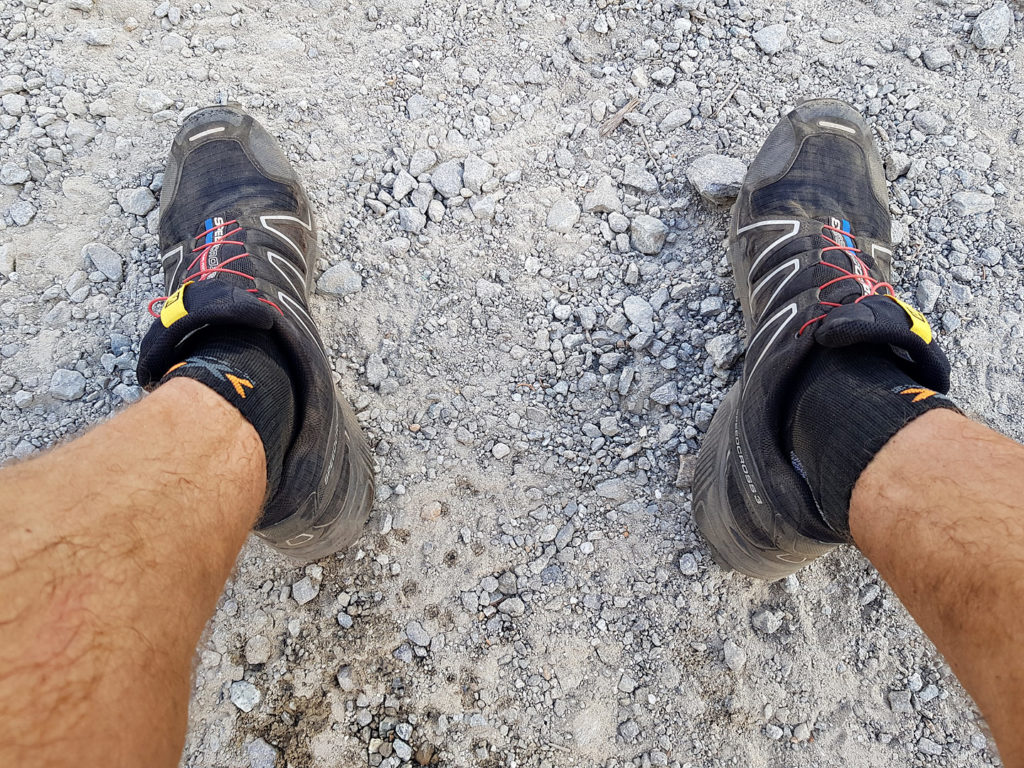
In the official results, I’m ranked on position #297, out of 495. 60% of all runners were faster than me.
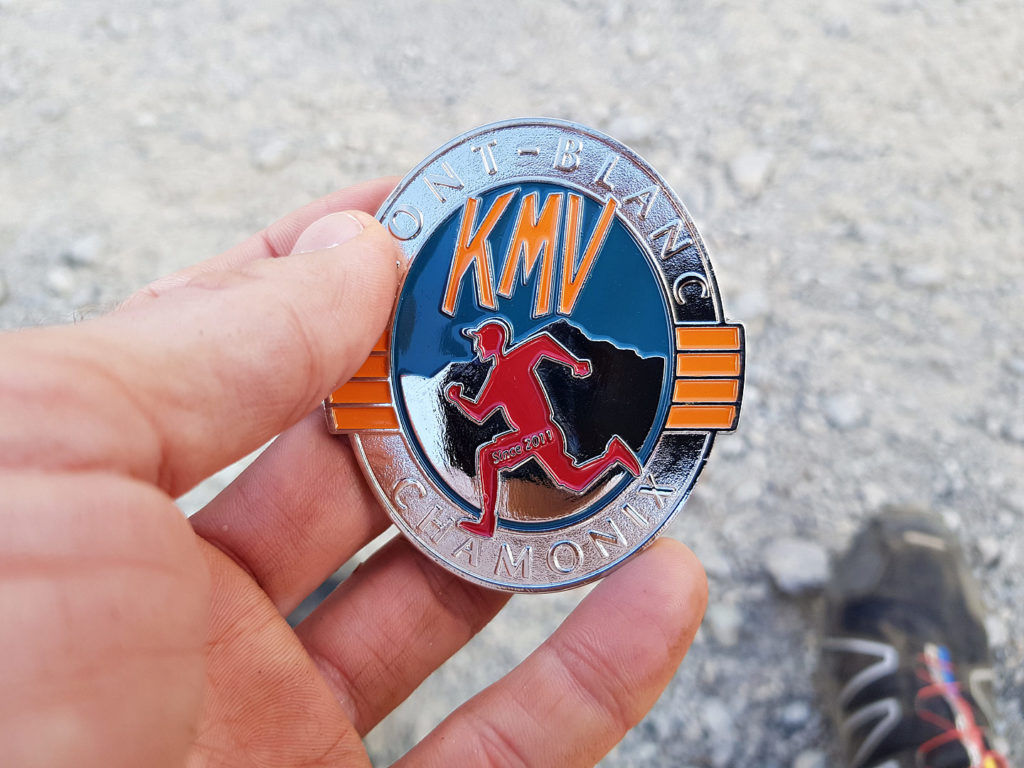
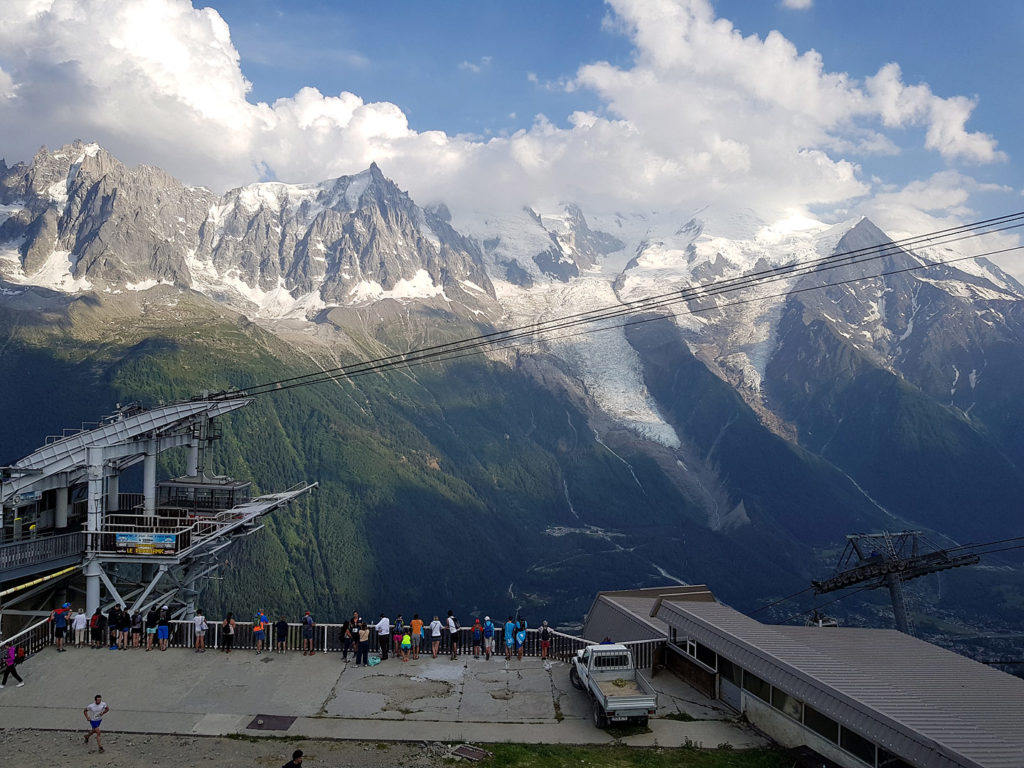
So what are my excuses? Just like in 2016, it was a warm day. I seem to not deal with heat very well. I also probably didn’t do enough steep mountain running leading up to the race.
But I think the biggest sign of impending doom was when two days before the race (the day I arrived in Chamonix), I had a headache and then had a very unpleasant reaction to the vegan sushi I had for dinner. After an uneasy night, I weighed in at my lowest weight of the entire year the day before the race. So I was probably dehydrated, and even though I tried to eat well and re-hydrate in between that episode and the race start, I probably wasn’t at my best yet.
2 Comments Add yours